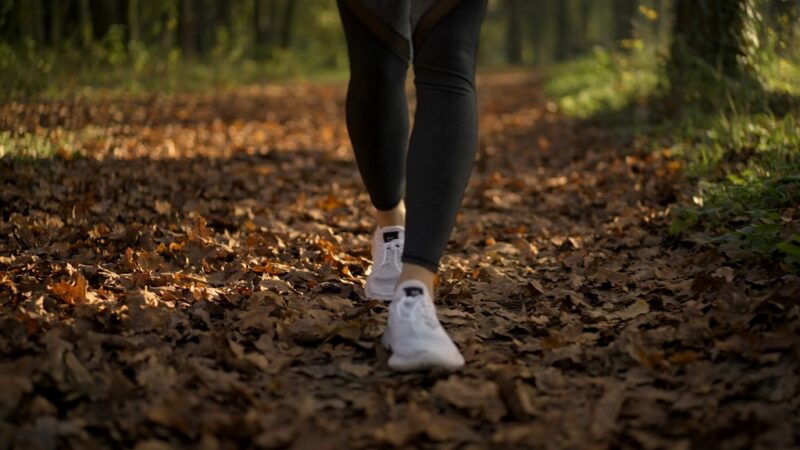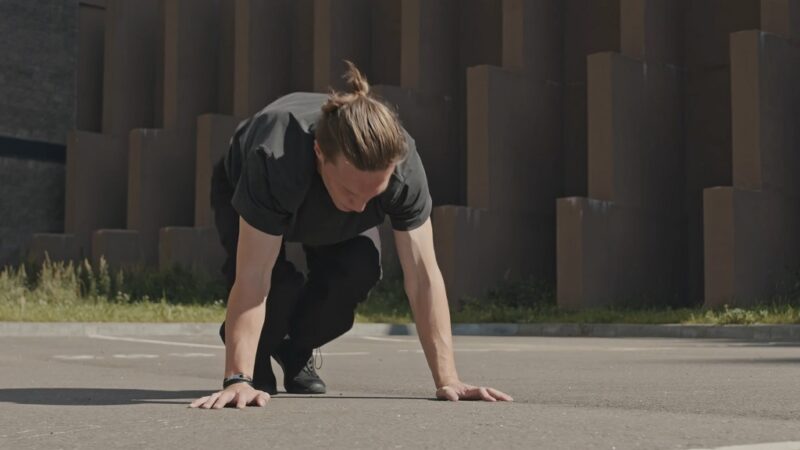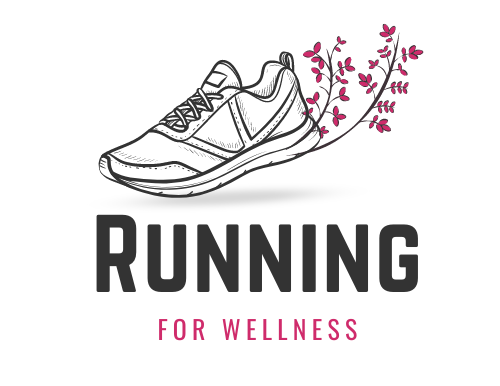Maintaining a healthy body weight is more than watching what lands on your plate. Movement plays an equal role, and not just the kind that feels like punishment. When you find ways to stay active that feel natural, enjoyable, and adaptable to your lifestyle, it becomes easier to keep your body in balance for the long run.
Exercise helps you burn calories, strengthen muscles, and keep your metabolism firing – all key elements in managing weight.
Studies have consistently shown that pairing consistent physical activity with a balanced diet leads to sustainable results and lowers the risk of chronic diseases like type 2 diabetes and heart problems.
Even something as simple as 150 minutes of moderate exercise a week can lead to noticeable changes in both weight and overall fitness.
The exercises below are not just effective – they’re designed to be fun, practical, and easy to weave into everyday life. You can do them at home, in a park, or even in short bursts during a work break. Many require no equipment at all, yet they offer a strong return on the time you invest.
Table of Contents
Toggle1. Walking Briskly Outdoors

Walking might not sound like a game-changer, but when done with intent, it’s one of the most reliable ways to control weight over time. It’s low-impact, joint-friendly, and adaptable to almost any schedule.
How to Do It
- Stand tall, shoulders relaxed, arms swinging naturally.
- Walk at a pace where you can still speak, but notice you’re breathing harder.
- Start with 30 minutes, 3–4 times a week, and extend sessions as you feel stronger.
Why It Works
- Burns calories steadily – about 7.6 per minute for a 140-pound person, 9.7 for someone weighing 180.
- Helps trim waist fat; studies have shown measurable reductions in body fat and waist circumference within weeks.
Make It Practical
Turn commutes or errands into walking opportunities. Explore new streets or trails to keep your mind engaged. Many people hit their step goals simply by taking a longer route to work or walking their dog an extra block.
2. Dancing to Your Favorite Tunes
Dancing disguises exercise as pure fun. Whether you’re grooving in your living room or following a high-energy class, you’re moving your whole body while boosting your heart rate.
How to Do It
- Pick music you can’t resist moving to.
- Mix in jumps, spins, and arm movements for variety.
- Aim for 20–30 minutes, adjusting intensity to match your energy.
Why It Works
- Burns hundreds of calories in a single session, depending on tempo.
- Builds lean muscle, raising your resting metabolism.
Make It Practical
Dance while cooking, cleaning, or with friends. Even short bursts add up. A 30-minute upbeat session can burn 200–400 calories.
3. Swimming Laps or Water Aerobics

You can swim to lose weight. Water workouts are refreshing, easy on joints, and incredibly effective thanks to constant resistance.
How to Do It
- Start with basic strokes like freestyle or breaststroke.
- Swim for 20–30 minutes, alternating between steady and faster laps.
- For aerobics, follow guided pool routines.
Why It Works
- Burns 250–450 calories in half an hour, depending on stroke.
- Works every major muscle group, improving tone and endurance.
Make It Practical
Join a local pool or find a nearby lake in warmer months. Swimming is also great for those recovering from injuries who still want a calorie-burning workout.
4. Cycling Outdoors or Indoors
Cycling is efficient cardio that doubles as a mode of transport.
How to Do It
- Begin at a moderate pace (around 10 mph).
- Ride for 30 minutes, adding hills for more challenge.
- Use a stationary bike for bad-weather days.
Why It Works
- Burns around 6.4 calories per minute for a 140-pound person.
- Improves cardiovascular health and insulin sensitivity.
Make It Practical
Bike to work, run errands on two wheels, or explore local trails. Fitness apps can track progress and keep you motivated.
5. Jogging in Intervals

Jogging adds a calorie-burning edge without requiring long-distance stamina right away.
How to Do It
- Alternate 1 minute of jogging with 2 minutes of walking.
- Gradually extend jogging intervals over time.
- Keep posture upright, arms moving in rhythm.
Why It Works
- Burns about 10.8 calories per minute for a 140-pound person.
- Targets stubborn visceral fat around the midsection.
Make It Practical
Morning park jogs or track workouts work well. Using softer surfaces like grass can reduce joint strain.
6. Bodyweight High-Intensity Interval Training (HIIT)

HIIT squeezes maximum results into minimal time with short, intense bursts.
How to Do It
- Pick moves like burpees, jump squats, and mountain climbers.
- Work for 30 seconds, rest for 30 seconds.
- Repeat for 10–15 minutes.
Why It Works
- Burns calories during and after the workout due to the “afterburn” effect.
- Improves both aerobic and anaerobic fitness.
Make It Practical
Perfect for home – no equipment needed. Even a 10-minute session before breakfast can boost daily calorie burn.
7. Yoga Flows for Strength and Flexibility
Yoga doesn’t have to be slow and passive. Flow-based sequences keep you moving and challenge your muscles.
How to Do It
- Try sun salutations or vinyasa sequences for 20–30 minutes.
- Hold poses long enough to feel muscle engagement.
Why It Works
- Burns 120–180 calories in 30 minutes while improving flexibility and core strength.
- Helps manage stress, which can reduce emotional eating.
Make It Practical
Follow free online videos or join a local class. Practicing outdoors adds fresh air and a mood boost.
8. Bodyweight Strength Training Circuits
Strength training raises metabolism by increasing muscle mass.
How to Do It
- Rotate through squats, push-ups, lunges, and planks.
- Do 10–12 reps of each, rest briefly, and repeat 3 rounds.
Why It Works
- More muscle means more calories burned at rest.
- Supports long-term fat loss while preventing muscle loss during weight reduction.
Make It Practical
No gym membership required. Strength circuits can be done in small spaces and adjusted to your fitness level.
9. Tai Chi for Gentle Movement

Tai Chi may be slower, but it’s surprisingly effective for building balance, coordination, and consistent activity habits.
How to Do It
- Follow a beginner routine of slow, flowing movements.
- Focus on controlled breathing and posture.
Why It Works
- Burns calories gradually while improving muscle endurance.
- Encourages regular movement, especially for those less active.
Make It Practical
Many communities offer free Tai Chi in parks. It’s also an excellent low-stress way to start the day.
10. Outdoor Stair Climbing or Hill Sprints
Stairs and hills turn walking into a heart-pounding challenge.
How to Do It
- Walk or run up a set of stairs or hill, then walk back down.
- Repeat for 15–20 minutes.
Why It Works
- Burns high calories quickly.
- Strengthens lower body and boosts cardiovascular endurance.
Make It Practical
Look for public staircases, stadiums, or neighborhood hills. Short sessions fit well into a lunch break.
Bringing It All Together
Controlling your body weight doesn’t have to mean committing to a single workout. Mixing different activities keeps things fresh and challenges your body in new ways.
The key is consistency. Even moderate activities done regularly have a compounding effect on calorie burn, muscle tone, and metabolism.
A practical starting point could be:
| Day | Activity | Duration |
| Monday | Brisk Walking | 30 min |
| Tuesday | Strength Circuit | 20 min |
| Wednesday | Dancing | 30 min |
| Thursday | Swimming | 30 min |
| Friday | Yoga | 25 min |
| Saturday | Cycling | 40 min |
| Sunday | Rest or Gentle Tai Chi | 20 min |
Keep your schedule flexible. Some weeks you might swap in stair climbing, other weeks more HIIT. The goal is to build movement into your life in ways that feel rewarding, not like an obligation.
Related Posts:
- Half Marathon Training Plan for Beginners - Simple…
- Top 400 Hilarious Gym Quotes to Keep You Motivated
- How Long Does It Take to Train for a Half Marathon?
- 25 Simple Running Motivation Tips To Get You Moving
- How Far Is a Half Marathon? Everything You Need to Know
- 6 Best Running Playlists Music for Every Pace and Mood







